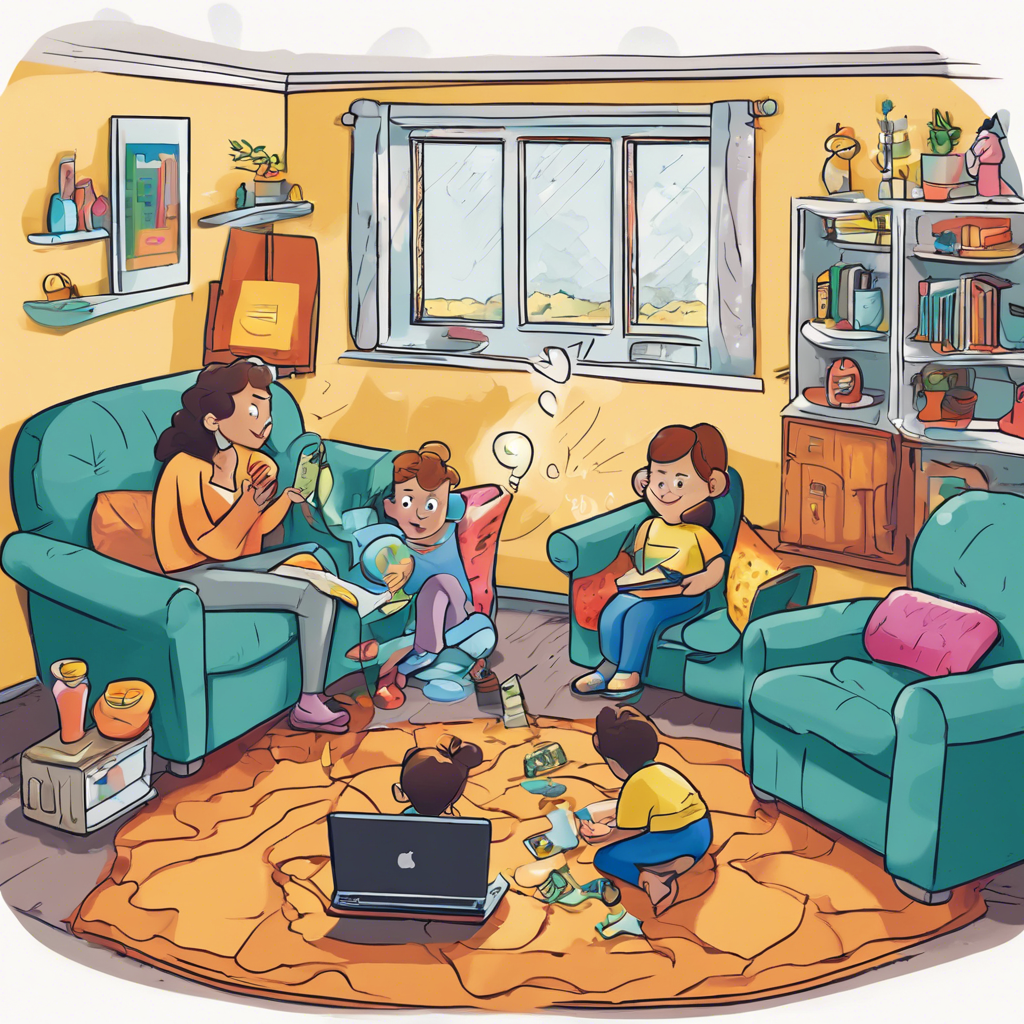What Role Did Technological Advancements Play In Altering The Social Dynamics Of The Early 20th Century?
Gathering question image...
Introduction
The technological advancements of the early 20th century were crucial in transforming social dynamics, influencing key areas such as communication, labor, and community interactions. These innovations reshaped how individuals engaged with one another and established the framework for modern society.
Revolutionizing Communication
The emergence of communication technologies such as the telephone, radio, and later television drastically transformed the way information was shared. Prior to these breakthroughs, communication was often slow and geographically limited. The introduction of the telephone allowed for instant communication over long distances, fundamentally changing personal and business interactions. Radio, which became popular in the 1920s, facilitated the wide dissemination of news and entertainment, creating a shared cultural experience across large populations. Television, which gained tremendous popularity in the 1950s, further altered the landscape of information consumption, connecting audiences and fostering cultural cohesion.
- The widespread adoption of telephones enabled real-time communication, enhancing relational connectivity.
- Radio and television united diverse audiences, enriching community engagement through shared news and entertainment.
Transforming Labor and Economic Structures
Technological advancements significantly reshaped labor dynamics and economic frameworks. The introduction of assembly line production by Henry Ford in the automobile industry exemplified how technological innovation could boost efficiency and output. This paradigm shifted the nature of work, prompting urban migration as individuals sought factory jobs. Consequently, urban centers expanded as people from varied backgrounds converged in these new work environments, transforming cultural interactions. In addition, mechanization in agriculture played a substantial role in rural depopulation, as fewer laborers were required for food production, accelerating urban migration trends.
- Assembly lines drastically increased production efficiency, resulting in job creation and economic growth.
- The mechanization of agriculture prompted a workforce shift from rural areas to urban centers seeking employment opportunities.
Shaping Daily Life and Social Norms
Technological advancements influenced daily living and fundamentally reshaped social norms. The proliferation of automobiles made travel more convenient and accessible, enhancing mobility and independence. This new ability to travel changed family dynamics and social interactions, as families could more easily visit relatives or travel for leisure, thus altering traditional social structures. Moreover, the rise of consumer goods and advertising in the early 1900s established a consumer culture that significantly changed societal values. This era marked a shift toward prioritizing material wealth and lifestyle, directly impacting social status and identity within communities.
- Automobiles facilitated enhanced personal freedom, transforming travel and social interaction frameworks.
- The rise of consumer culture encouraged new societal norms focused on the acquisition and display of material goods.
Conclusion
In conclusion, the technological advancements of the early 20th century played a transformative role in reshaping social dynamics through improved communication methods, changing labor structures, and evolving daily life. These developments not only altered interpersonal relationships but also laid the groundwork for the modern society we recognize today.
Expert Quote
Dr. David Mindell, Professor of the History of Engineering and Manufacturing at MIT
The rapid technological changes of the early 20th century not only enhanced productivity but also redefined social relationships, fostering new forms of communication and collaboration across diverse populations.
Book: 'Our Robots, Ourselves: Robotics and the Myths of Autonomy', 2015
Relevant Links
GlobalTrends_2040.pdf
https://www.dni.gov/files/ODNI/documents/assessments/GlobalTrends_2040.pdfACCC+commissioned+report+-+The+impact+of+digital+platforms+ ...
https://www.accc.gov.au/system/files/ACCC+commissioned+report+-+The+impact+of+digital+platforms+on+news+and+journalistic+content,+Centre+for+Media+Transition+(2).pdfThe Fourth Industrial Revolution: what it means and how to respond ...
https://www.weforum.org/stories/2016/01/the-fourth-industrial-revolution-what-it-means-and-how-to-respond/History of Modernism
https://www.mdc.edu/wolfson/academic/artsletters/art_philosophy/humanities/history_of_modernism.htmThe 20th Century Transformation of U.S. Agriculture and Farm Policy
https://www.ers.usda.gov/webdocs/publications/44197/13566_eib3_1_.pdfMost popular questions

How Do The Personal Relationships Among Gods Affect Their Decisions In The Iliad?
The intricate relationships among the gods in Homer's epic poem 'The Iliad' play a crucial role in shaping their actions and decisions. These divine interactions create a complex web of fates, where each god's personal alliances and rivalries directly influence the events of the mortal world.

What Strategies Can Parents Use To Educate Their Children About Online Safety Beyond Privacy Settings?
In today's digital landscape, teaching children about online safety is essential for their protection and well-being. While privacy settings play a critical role, parents can implement various strategies to create a thorough understanding of online safety principles among their children.

What Are The Different Types Of Insulation Materials Commonly Used In Buildings, And How Do They Compare In Terms Of Thermal Resistance?
Insulation materials are vital for enhancing energy efficiency in residential and commercial buildings by minimizing heat transfer. Understanding the various insulation types can lead to better choices for thermal resistance and overall comfort.
Most recent questions

How Do Regional Cultural Values Affect The Perception Of Competition In Esports Versus Traditional Sports?
Regional cultural values significantly shape perceptions of competition in various areas, influencing both esports and traditional sports. Understanding these cultural frameworks is essential to explaining the differing attitudes and levels of fan engagement across diverse regions and communities.

How Does The Role Of The Artist Change When Audience Participation Is Integral To The Artwork?
The evolving role of the artist in contemporary art is profound, driven by the growing significance of audience participation in artistic expression. This evolution redefines traditional ideas of authorship and creativity, fundamentally altering how art is experienced and interpreted by diverse audiences.

What Are Some Popular Dessert Pairings With Complementary Flavors?
Desserts are often the ultimate highlight of any meal, and skillfully pairing them with complementary flavors can significantly elevate the overall dining experience. By understanding the art of flavor combinations, you can transform a simple dessert into an extraordinary culinary treat that delights the senses.